Hammer Toe
What is a Hammer Toe?
Hammer toe is a common foot deformity characterized by an abnormal bend in one or more of the smaller toes. Typically, this condition affects the second, third, or fourth toe. The deformity resembles a hammer, as the affected toe bends downward at the middle joint, resembling the shape of a hammer’s head. This deviation can lead to discomfort, pain, and difficulty in wearing shoes comfortably.
The condition can impair mobility and confidence in addition to causing physical pain and negatively affecting an individual’s quality of life. Thankfully, there are a number of therapy choices available, from conservative ones like appropriate footwear and exercises to more serious ones like surgical treatments.
It is essential to understand the causes, signs, and available treatments for hammer toe in order to effectively manage the condition and avoid problems. The goal of this guide is to give people all the information they need to make educated decisions about the health and welfare of their feet by providing thorough information on hammer toe.
Why does a hammer toe develop?
Two joints in your toe enable it to bend at both the center and bottom. When the middle joint is flexed or bent downward, it might result in a hammer toe.
Typical reasons for this include:
- Pressure from a bunion, which is when your big toe turns inward toward your second toe,
- constricted ligaments or tendons in the foot,
- a traumatic toe injury
- arthritis
- an unusually high foot arch
- wearing shoes that don’t fit properly
- Your toes may curl all the way down if you have an injury to your spinal cord or peripheral nerves.
Risk factors
Your risk of getting hammer toe is increased by several risk factors.
Among them are:
- a history of hammer toe in the family
- wearing shoes with sharp or tight toes all the time
- developing calluses, bunions, or corns—thickened skin layers caused by constant, continuous friction.
Your toe joint may become malpositioned if you wear shoes that are too small. Your muscles are unable to extend as a result. Wearing shoes that are too small for you increases your chance of eventually developing:
- Hammer toes
- blisters and ulcerations
- Bunions
- Corns
Signs and symptoms
You get walking discomfort when you have a hammer toe. Attempting to move or stretch the injured toe or any nearby ones may also hurt you. There are mild and severe symptoms of hammer toe.
Mild signs and symptoms
- a toe that bends downward
- corns or calluses
- difficulty walking
- inability to flex your foot or twist your toes
- claw-like toes
Severe symptoms
If any of these symptoms appear, schedule an immediate appointment with your podiatrist or orthopedic surgeon.
Diagnosis
Hammer toes are typically diagnosed by a physician during a medical examination. If you’ve suffered an injury to your toe’s bone, muscle, or ligament, imaging tests like X-rays can be required.
Treatment of Hammer Toe
The alternatives for treating a hammer toe depend on how severe your problem is.
Handling a minor case of hammer-toe
If you wear shoes that fit properly, you can treat a hammer toe that was caused by improper footwear. If the issue was caused by a high arch, using toe pads or insoles in your shoes will assist. By changing the posture of your toe, these pads help to reduce pain and improve the appearance of your toe.
Get insoles for your shoes.
Bunions and corns are typically treated with over-the-counter (OTC) cushions, pads, or medicines. However, your doctor can decide to medically remove them if they hurt or if they cause deformity in your toes.
Keep your toes free of blisters. Blister popping can result in discomfort and infection. To reduce discomfort and prevent blisters from pressing on the inside of your shoes, use over-the-counter balms and cushions.
Repositioning the injured toe and relieving discomfort can both be achieved by gently stretching your toes.
How to treat a severe case of hammer toe?
The only way to restore movement if you are unable to flex your toe is through surgery. Surgery can adjust your tendons and joints, remove damaged or malformed bone, and realign the toe.
Typically, outpatient surgery allows patients to go home the day after the procedure.
Physiotherapy treatment for Hammer Toe
When treating hammer toe, physiotherapy can be helpful, particularly in the early stages or when the deformity is not severe. A physical therapist can assist in addressing muscle imbalances, enhancing flexibility, and offering exercises to alleviate pain and stop the disease from getting worse.
For hammertoes, the following are some of the more popular physical therapy techniques:
Exercises for strengthening and extending the toe muscles and tendons:
A physical therapist might provide particular exercises for this purpose. In order to assist prevent hammertoe contracture, these exercises are designed to increase flexibility in the affected toe as well as the surrounding toes.
Exercises for the feet and toes can enhance general foot health, strength, and flexibility.
The following simple workouts will help maintain the health of your toes and feet:
Toe Stretch:
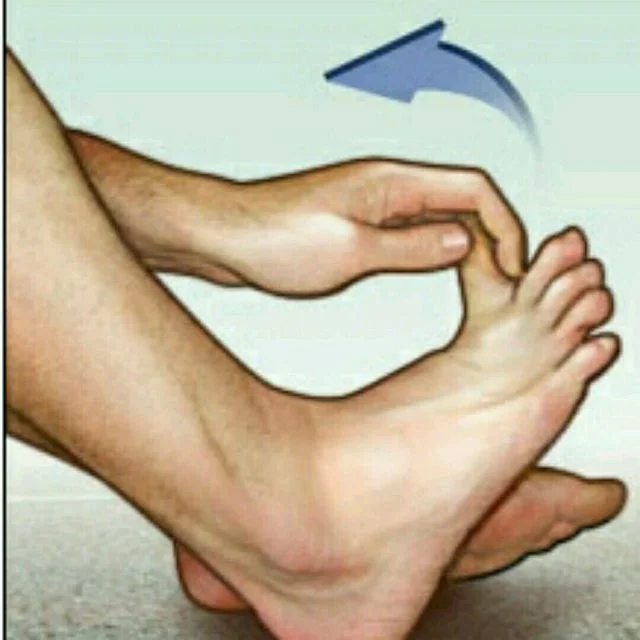
- Start by sitting position with your feet flat on the ground.
- While maintaining the heels in place, raise the toes off the ground.
- Spread your toes as far as possible.
- Hold the stretch for a short while, then release the toes and take a step back to your starting posture.
- Do this exercise multiple times.
Toe curls:
- Start by sitting position with your feet flat on the ground.
- Curl your toes down and use them to grab the ground.
- Hold this posture for a short while, then let go and straighten your toes.
- Make numerous more twisting motions.
Foot tapping:
- Begin with putting one’s feet flat on the ground while reclining in a chair.
- While maintaining the heels in place, raise the toes off the ground.
- Start at the big toe and work your way down to the tiny toe by tapping each toe alternately on the floor.
- Continue tapping your toes.
Ankle circles:
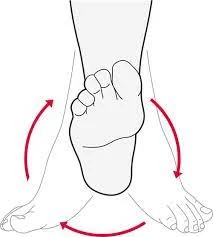
- Begin by either sitting in a chair or reclining on your back with your legs outstretched.
- Raise one leg off the floor, then turn the ankle in a circle.
- After performing multiple rounds in a single way, switch up and rotate the ankle in the other direction.
- Perform Ten times
- Repeat the exercise with the other leg.
Arch Strengthening:
- Start by sitting position with your feet flat on the ground.
- To maintain your balance on your heels and balls of your feet, gradually raise your foot arches off the ground.
- Hold this posture for a few seconds before lowering the arches once more.
- Do the exercise multiple times.
Marble Pickup
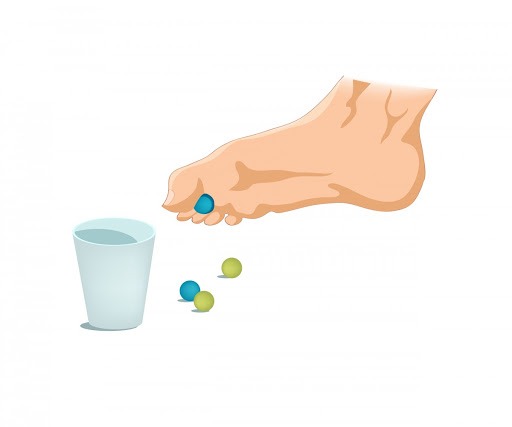
- Place a few marbles or other tiny items on the ground in front of you.
- One marble at a time, pick it up with the toes, and put it in a container close by.
- Mark continues to pick up marbles until the container is filled.
- Both toe strength and flexibility are enhanced by this workout.
- Make cautious to regulate your movements while doing these exercises, and stop if you feel pain or discomfort.
- As your leg and toe strength increases, gradually increase the number of repetitions you start with.
- Before beginning a new workout regimen, it’s always a good idea to speak with a physician or physical therapist if a person has specific foot issues or concerns.
Stretching exercises
You may enhance flexibility, lessen stiffness, and preserve general foot health by stretching the muscles and ligaments in your toes and feet. The following are some efficient toe and foot stretches:
Plantar fascia stretching:
- First, take a seat in a chair and cross one leg over the other.
- Gently draw the toes back with the hand to extend the calf.
- Stretch for another 20 to 30 seconds.
- Replicate the stretch with the other leg after switching legs.

- Start by standing arm’s length away from a wall and facing it.
- Step back with the foot and place the hands at shoulder height on the wall.
- Keep the front knee slightly bent and the opposite leg straight.
- Feel the stretch in the back leg’s calf as you lean forward against the wall.
- Stretch for another 20 to 30 seconds.
- On the other side, repeat the stretch.
Stretch the toes with a towel:
- Commence with your legs extended straight in front of you while seated on the floor.
- Toes should be extended towards you by wrapping the towel around them and slowly pulling it back.
- Hold the stretch for a few seconds.
- Relax your toes and release any tension from the towel.
- Three times over, repeat the stretch.
Achilles tendon stretch:
- First, place both hands against a wall while standing against it.
- Retrace one foot while maintaining a straight back leg.
- Bending the front knee slightly and pressing the back heel onto the floor can stretch the Achilles tendon. Give the stretch a 20–30-second hold.
- Repeat the stretch on the other side by switching your legs.
- Perform these stretches slowly and with caution.
- Avoid from putting your leg in an awkward posture and halt if you experience pain.
How to fix Hammer toes with Tape?
It’s important to understand that taping is not a long-term solution for hammer toe pain, although it can be utilized as a temporary solution.
Here’s a detailed tutorial on taping hammer toes:
- Gather your supplies: cotton balls or padding, medical or sports tape, and maybe some scissors.
- Toe Preparation: Before beginning, make sure your toes and feet are completely dry and clean.
- Apply Padding (Optional): You may wish to cushion your hammer toes by sandwiching a small piece of cotton or foam padding between them if they are hurting from rubbing against your shoes.
- Straighten Your Toes: Try to gently straighten the toes that are impacted as much as you can. You can gently stretch them or physically straighten them with your hands.
- Tape the Toes: To promote straightening, wrap the tape over the affected toes, starting at the base and gradually bringing them together. Take care not to wrap the tape too tightly as this may create discomfort or impede circulation.
- After wrapping the tape around the toes several times, make sure it’s secure by gently pressing on the end. Verify that the tape is securely fastened without being overly tight.
- Test Comfort: To determine whether the taping is delivering the necessary relief, get up and move around. Take off the tape right away if you feel pain or numbness, or if it feels uncomfortable.
- Replace as Needed: Taping may require replacement on a regular basis, particularly if it becomes moist or begins to come loose.
It’s crucial to keep in mind that taping is only a short-term fix and might not work in every hammer-toe situation.
How can I prevent having hammer toes?
The greatest way to avoid hammer toe is to wear shoes that fit properly. Have the length and width of your foot measured at your neighborhood shoe store if your shoes seem too tight.
The heel height of your high heels should be no more than two inches. Your toes will flex as a result of the increased pressure from high-heeled shoes. Moreover, it may result in the development of corns and a high arch.
What should I anticipate following treatment?
Once the underlying cause of your hammer toe is addressed, it typically resolves on its own. But if you put off getting help for too long, the hammer toe may drive the surrounding toes out of alignment, deforming them. Treatment should start as soon as the diagnosis is finalized.

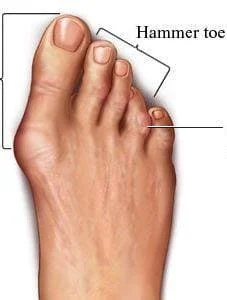
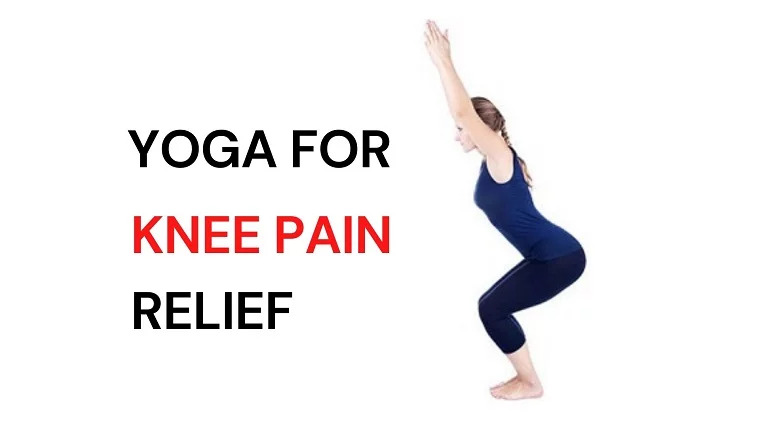


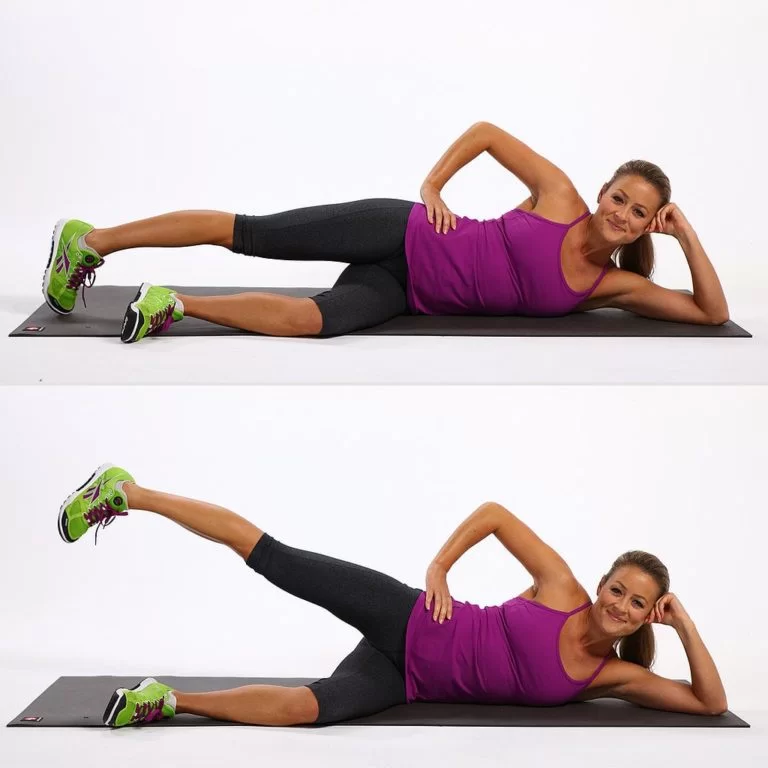

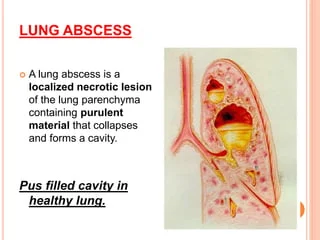
One Comment